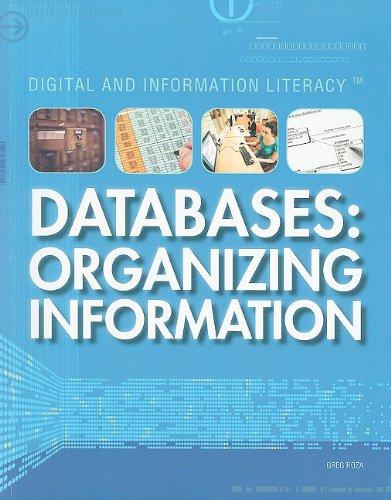Answered step by step
Verified Expert Solution
Question
1 Approved Answer
Let's proceed with the normalization process step by step. Work Example: Step 1 : Identify and underline all the primary key ( s ) that
Let's proceed with the normalization process step by step.
Work Example:
Step :
Identify and underline all the primary keys that contribute fully to the functional
dependence of other attributes.
Select primary keys with unique values to eliminate redundancy and determine other
attributes in the record.
Reserve any other attributes that could potentially become future primary keys as
transitive. Mllustrate the diagram following the sample example.
Note: Steps is just for your guideline to produce the final answer diagram and FDs in
Step
Based on sample dummy data, let's assume that
Attribute B is dependent on Attribute A where Attribute A determines the consistency of
Attribute values, such as and Therefore, Attribute A can possibly
be a Primary Key.
Attribute and are dependent on Attribute where Attribute determines the
consistency of Attribute D E and F values, such as C D E F and C D E
F Therefore, Attribute can possibly be a Primary Key.
However, according to the assumption and the following table, Attribute A and Attribute
cannot be a single Primary Key because and produce repetitive values.
Nevertheless, the combination of Attribute A and Attribute ensures uniqueness for each
row, such as and
Primary Key: Attribute A and Attribute
Step :
Identify all the related attributes that depend on a part of the primary key, which
contributes partially to functional dependence.
Add the previous diagram from Step as shown in the following sample example.
Step :
Identify any related attributes that depend on other nonprimary keys, which contribute
to transitive functional dependence. Let's assume Attribute determines Attribute
Add the previous diagram from Step as shown in the following sample example.
Srep :
Refer to the diagram from Step Remove any redundancy, following the sample example.
List all the final functional dependencies FD and state the type of each.
Note: Please present your final answer in the form of a diagram and list the finctional
dependencies FDs as shown in the following example.
: AttributeA, AttributeC AttributeF rimary Key
: AttributeA AttributeB
: AttributeC AttributeD, AttributeE
: AttributeD AttributeE
Note:
Some cases transitive finctional dependencies may not necessarily exist.
The attributes on the left side of the arrow represents the primary keys while the
attributes on the right side should be determined by only ONE value.
For example, in the case of the Matric name, a matric number can determine only ONE
student name, such as 'Ali'. It cannot determine multiple student names, such as both
'Ali' and 'Ahmad'. b Based on the list of functional dependencies FDs in a simplify the process of normalizing
the table into
Work Example:
Stepl: INF Table
Tips: Each row and column must have a single data. Underline all the Primary Key PK
TableName
Note: Key attributes are defined, and there are no repeating groups in the table. All attributes
are dependent on the primary key.
Step : NF Table
Tips: Break the table and remove all partial and fully functional dependencies FDs
i TableNameAttributeA AttributeC, AttributeF
ii TableNameAttributeA AttributeB
iii. TableNameAttributeC AttributeD, AttributeE
Tab SECTION B: WORK EXAMPLE PROBLEMSOLVING
Answer all the questions based on the sample book loan records table provided.
Identify if there is any redundancy in the table above and justify your answer, using your
own simple words based on your understanding.
Answer:
Redundancy contributes to insertion, deletion, and update anomalies. Please provide
examples of each based on the record given in the table, using your own simple words and
understanding.
Answer:
Explain how to eliminate the insertion, deletion, and update anomalies, using your own
simple words based on your understanding.
Answer:

Step by Step Solution
There are 3 Steps involved in it
Step: 1

Get Instant Access to Expert-Tailored Solutions
See step-by-step solutions with expert insights and AI powered tools for academic success
Step: 2

Step: 3

Ace Your Homework with AI
Get the answers you need in no time with our AI-driven, step-by-step assistance
Get Started


